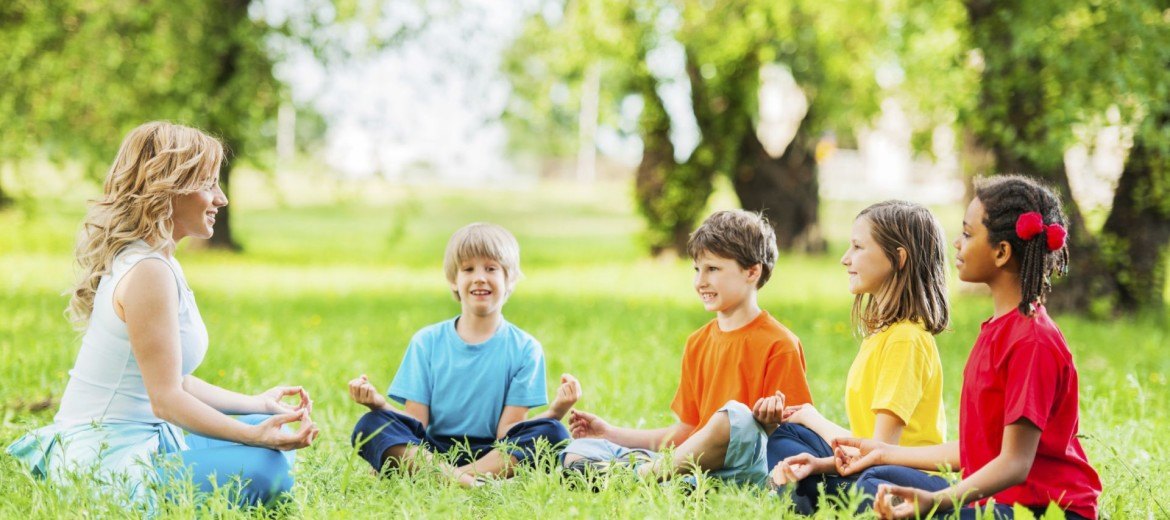Meditation, if started at the right age will set the process of mental development and fine-tuning emotional responses from an early age. A child who’s been introduced to meditation at a young age will be emotionally & physically positive as well as strong. He’ll learn life skills faster, be intelligent, be more receptive, his analytical skills will be far more powerful and much more. All these qualities help a child to stand up in life for herself/himself as well as the community s/he lives in.
Many people are of the view that Meditation should be taught in schools, and some schools are doing it. A child spends his most important hours and years in school, and shouldn’t miss out on such an important component of growth. If schools introduce meditation in early classes, which some schools have already one, the child, by the time reaches middle school is more receptive, confident, intelligent, and independent.
Parents often want to know as to what is the right age for their child to get introduced to meditation. The answer is there’s no age bar or limit for it; earlier the better. In early years of a child’s life, until s/he’s two or so, the mother has a great influence on the baby and it’s perhaps the best time for the mother to introduce the child to the concept that will shape his/her personality.
Talk to your child before introducing her/ him to it. By nature kids are restless and it is indeed very difficult for parents or instructors to initiate meditation. To start with, the child should be explained the importance of being quiet; why is it required and how it helps. All this has to be done in a language and tone the child can relate to. For example, tell the child to close his eyes and try to listen to the chirping of birds or focus on sound of aeroplane until the sound fades. Through his exercise he’ll learn to focus and block distractions. Explain how because of constant noise we miss listening to so many beautiful voices around us… etc. Tell them to right down names of 5 things that make the environment noisy. Develop noise awareness before explaining quiet.
The room in which you are teaching child to mediate should be clean, quiet, having least distractions. Meditation should be practiced at a fixed time of the day. And while you teach meditation, you should meditate with the child. They learn best through example. For kids who’ve seen their parents sitting in meditation from an early age absorb the concept much faster.
The child should be taught the right posture to sit for meditation and also to focus on an object to begin. If distractions occur, he should be taught to overlook it by his instructor.
The process should begin with teaching the child to breath, and try to listen to his breath and then feel the chest movement while he inhales and exhales. Gradually the child will be able to do it. Parents will have to be patient.

